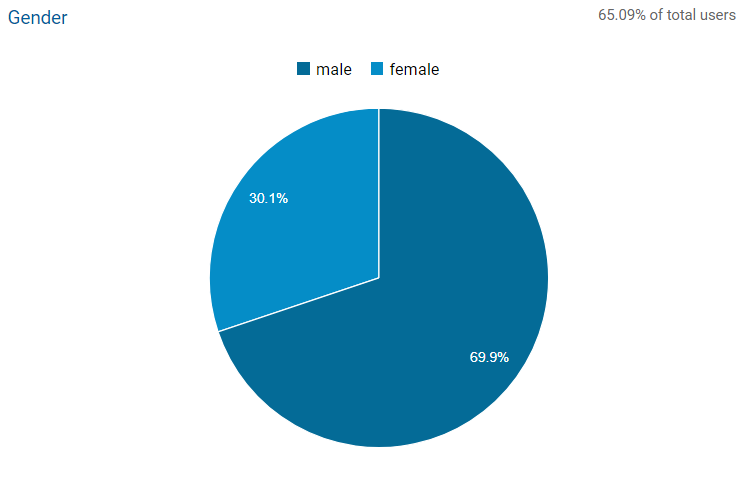At their essence, logos are made to identify. Using images, icons, marks or symbols, logos identify companies or products in the most basic way, so that when someone views a logo, they can link it with the brand it represents.
Nowadays, with so many logos in existence, it’s not hard to find examples of great or inferior logos in use. What makes the difference? What makes a logo work well? And more importantly, what can your organization do to ensure its logo represents you effectively?
Here are the main seven characteristics of a great logo.
A great logo sets itself apart.
In today’s cluttered marketplace, finding a way to stand out amongst the competition can seem challenging, but the idea here is to be different than your competitors. Without a distinct logo design, you may find potential clients and customers having a hard time recognizing your brand, confuse you with another company and most importantly, end up going to a competitor rather than choosing your products or services.
A great logo is streamlined.
Because the logo should be easily recognizable, it should be simple – a lightning-fast way for users to notice and remember your brand. A complicated logo will not only be difficult to reproduce and maintain, but it will also fail to engage audience. The logo is the ultimate ‘elevator’ pitch to your potential clients and business partners. You don’t have time to recite your entire business plan in an elevator pitch, and the same concept applies to corporate logo design.
A great logo is designed for various applications.
A great logo can be printed in different sizes, across different mediums, and in different applications without losing its power. Graphics must be versatile enough that they can be used in many different mediums. A good logo must work well on the web, on a letterhead, in printed ads and even in videos. What looks great in a site banner might not work on a brochure or vice versa.
A great logo considers the industry but also doesn’t need to be obvious.
An effective logo should be appropriate, but that doesn’t mean it has to be as obvious as you might expect. McDonald’s could have gone with a juicy burger next to the name, but instead they took the first initial ‘M’ and created an icon that was both simple and visually pleasing to look at as an asymmetrical element. Whether you follow the example of McDonald’s or its competitor Burger King, who puts a hamburger in the middle of their logo design, your logo needs to be appropriate to your brand.
A great logo aims for longevity and is not trendy.
Trends come and go, and when you’re talking about changing a pair of jeans or buying a new dress, that’s fine, but where your brand identity is concerned, longevity is key.
A great logo is designed for its intended audience.
As with any business endeavor, understanding your audience is key. Whatever was the targeted industry, the logo needs to be able to connect with the people it is marketing to. The important thing a logo needs to do is to speak to the targeted audience. If you run a children’s toy store, it’s not crucial to have an image of a toy in your logo or to have the word ‘toys’ in there either. What is more important is to use a color scheme or font that is childlike and appeals to kids.
A great logo leaves an impression and is unforgettable.
A great logo will remain memorable enough that a person who has only seen the logo once should still be able to recall it enough to describe the logo to someone else. This is not the easiest of qualities to impart, but it is certainly a high ranking one.
H.A. Consultancies has been helping clients all over Bahrain, Oman, Saudi Arabia, and the UAE in developing their brand identities and marketing strategies. For help on designing the best logo for your business, feel free to contact us on [email protected] or contact any of our offices.
What is a Feasibility Study?
A feasibility study is conducted in order to determine the success and minimize the risks related to the project. When it becomes certain that the specific project could be carried out profitably, it is only then it could be implemented. The feasibility study is not merely a project research, but a framework or a plan on how to establish and run business successfully in the long run. A feasibility study contains five essential components including market research, financial research, management research, schedule determination and technical research.
The information you gather and present in your feasibility study will help you:
- Identify all the things you need to have a functional buisness
- Pinpoint logistical or other business-related problems and solutions
- Develop marketing strategies to convince a bank or investor that your business is worth considering as an investment
- Serve as a solid foundation for developing your business plan
What is a Business Plan?
If the feasibility study indicates that your business idea is complete, the next step is a business plan. The business plan continues the analysis at a deeper and more complex level, building on the foundation created by the feasibility study. A business plan gives you an opportunity to find any weaknesses and reveal any hidden problems ahead of time. It serves two purposes: first, it is an analysis of how well the business will work; and second, it is a written document necessary to obtain a loan.
While you are waiting in queue at your favorite supermarket, rather than looking at the back of the customer in front of you, you try to find something interesting around you.
The perfectly displayed chocolate bars remind you of your hunger, so you decide to grab one. And that pack of 16 AA batteries looks interesting, and you remember how many remotes laying around in your house that will need couple of batteries. Finally, you reach the cash teller to complete your purchase only to find a receipt filled with extra items you did not wish to purchase in the first place.
The scenario above is called point of sale marketing. Point of sale marketing is all the efforts that will help you increase sales at the point of the actual sale. The most popular method is by displaying items alongside signage, and suggestive selling by the cash register teller.
Here are some ideas to help you sell more at your point of sale:
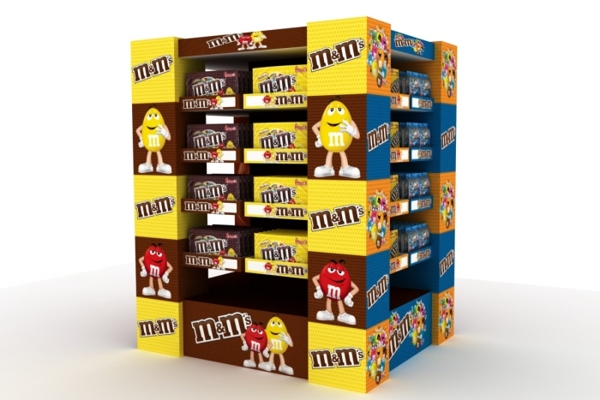
M&Ms Display
-
Grasp attention
Colorful and bright designs will attract the customer eyes. Use bold and large fonts that will match the design of the item to let the item shining from the display stand.
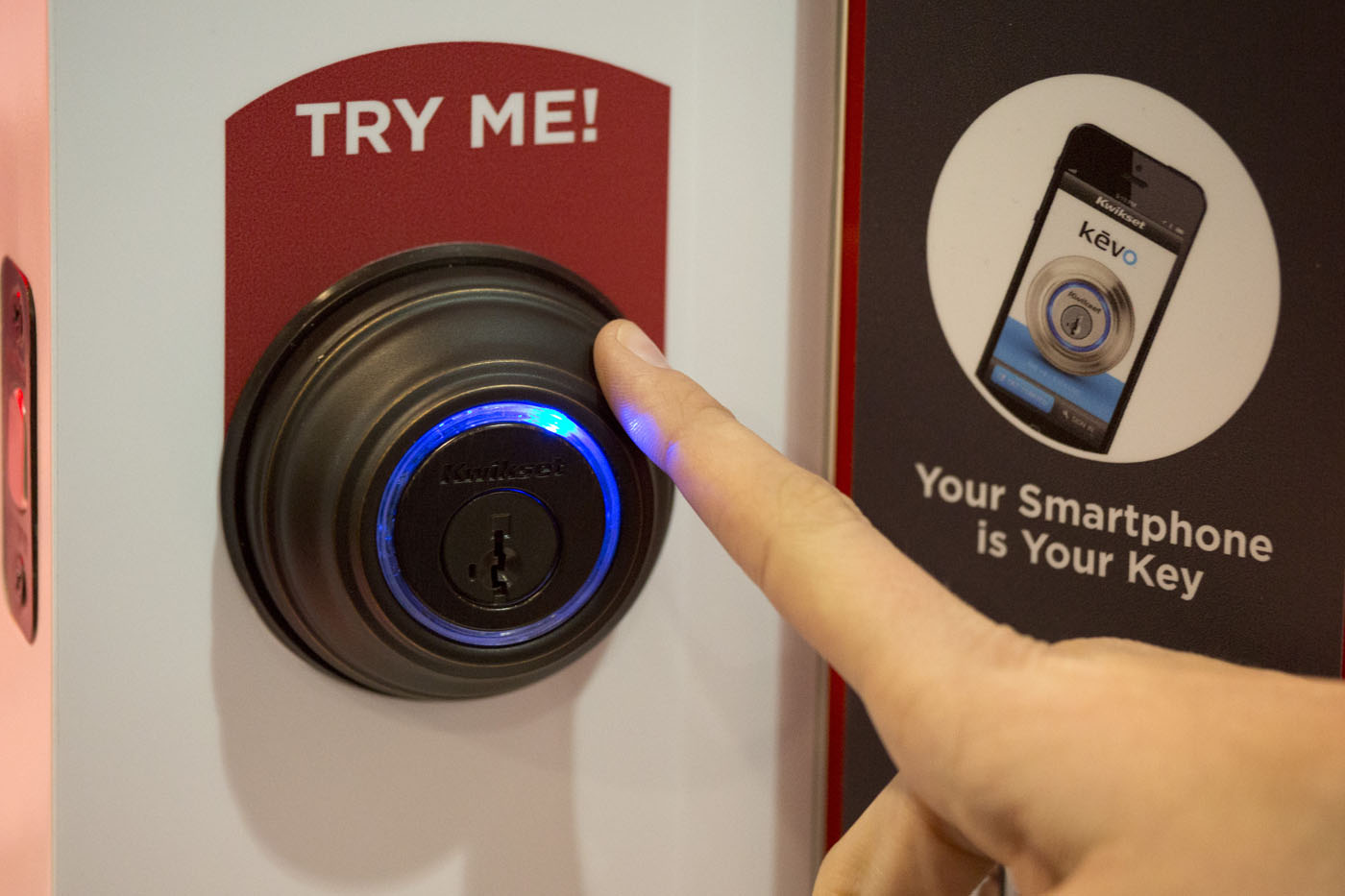
Try me Smart Lock
-
Feature Based
Try to communicate the benefits of the product to the customer in a clear and fun way. Also, add motivating call to action like “Buy Now” or “Try me” to create a desire.
-
Value added features
Adding coupons or immediate promotion such as buy one get one free will create that desire needed to help make the purchase.
-
Showcase your product
Visualize the use of your product or show a happy customer enjoying your product with a photo, video or a person in action.
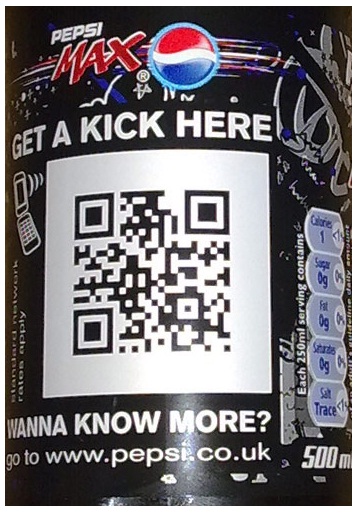
QR Marketing
-
Online integration
QR codes will allow customers to interact with the product using their mobile phones. Try to print a QR code into the product to enhance the experience of the buyer.
Here at H.A. Consultancies we help you set your marketing goals and implement them. Start your business right by requesting a meeting with our marketing consultants and our ICT consultants to provide you with the best POS hardware and software in Bahrain.
POS Marketing
A Point of Sale (POS) system is a retail management system that tracks the time and location of sales transactions. It also calculates the amount owed by the customer and provides receipts upon completion of a purchase.
The functionalities of POS systems nowadays have extended vastly. Most point of sales track customer details such as name, phone number, email, address, and purchase history. There are multiple ways to export and collect the customer information from the point to sale either by the point of sale software or by the point of sale database.
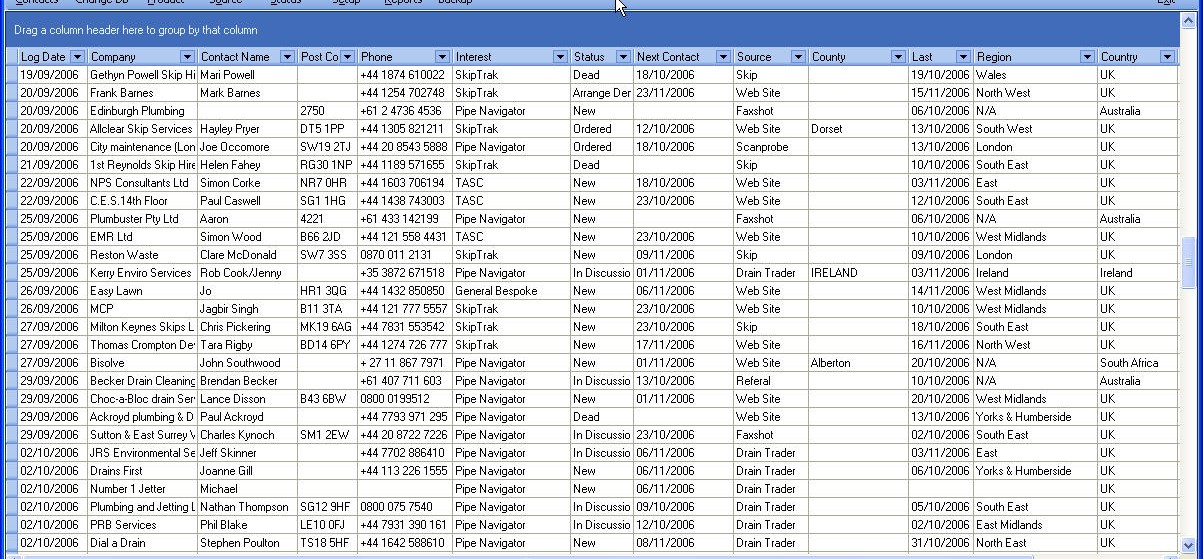
POS Customer Database
So, now we have our customer’s details, what is next?
DIGITAL RE-MARKETING AND UP-SELLING

POS adding customer
Digital Re-marketing is a smart way to connect with customers of your retail store or restaurant who may have not made any recent purchases. This technique aims to enhance brand awareness which should encourage your customers to make more purchases in the future.
While the employees of the retail store or restaurant can always upsell or cross sell while the customer is physically in the shop, a digital marketer would be able to upsell to the customer by highly targeted and personalized advertisements while he is at the comfort of his home. This is made possible thanks to the data gathered and stored on the POS system which allows the digital marketer to analyse customer preferences and purchasing trends.
DIGITAL MARKETING CHANNELS
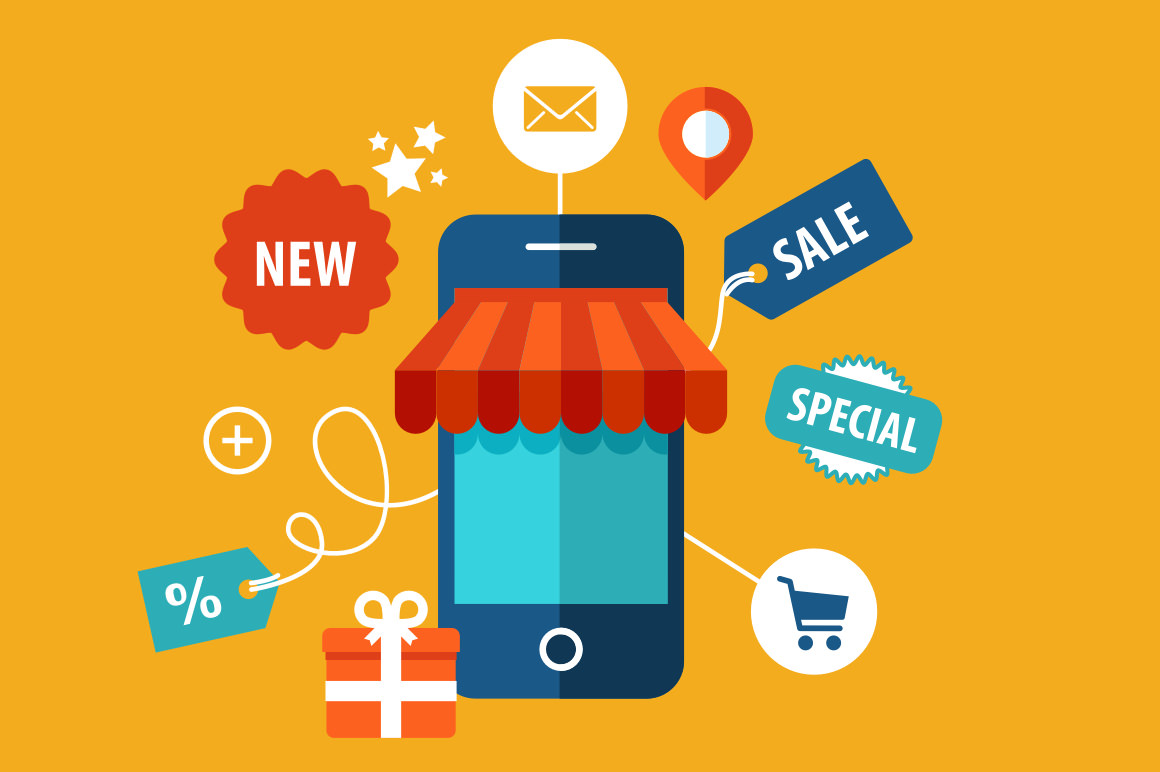
Mobile Marketing
The employees of the retail shop or restaurant must attempt to have the customer leave a trail. Any kind of trail will be beneficial. The customer name for example is essential to produce a more personalized advertisement. Moreover, the employees can try to have the customer’s contact details such as phone number and an email.
Phone numbers can be targeted by bulk SMS messaging platform to enhance the customer experience or to advertise offers and promotions.
While emails can be kept in an email database that can be imported to an email bulk messaging platform such as Mail Chimp.
NEED HELP?
H.A. Consultancies can provide you with all the point of sale hardware and software needed to start your business. You can visit our Digital Marketing Page to know more about our digital marketing packages.
Choosing the best social media marketing platform
Social media has grown to be the most visited platforms on the planet, they even outnumbered the mighty search engine Google.
So, who do not want to increase traffic to their website?
First, we need to understand that there are so many social media platforms to market on. Let us list the most common and most visited social media platforms.
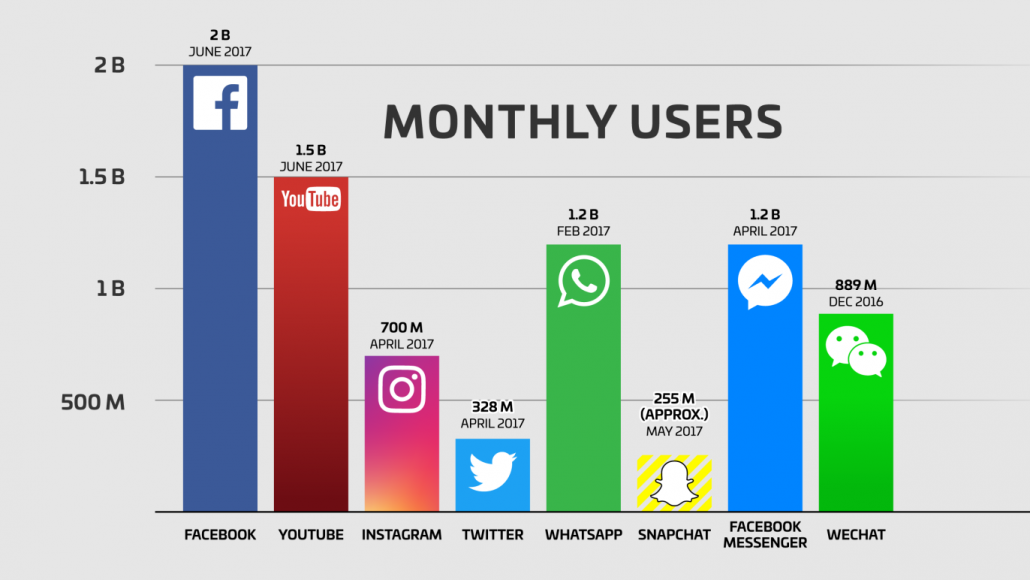
social media platforms stats 2017
As we can see from the figure above, Facebook is dominating the social media monthly active visitors. With over 2 billion active visitors monthly, YouTube with 1.5 billion active users. While Instagram have over 700 million monthly active users and Twitter with 328 Million monthly users.
There are a few social media platforms that did not feature in the figure above like Pinterest, LinkedIn, and Google+.
know your target audience
To be able to deliver your services, products and content to the right audience, you should consider your existing customer database. What are their ages and genders? What are their behaviors? Should I deliver the same message to all my customers? Or should I segregate them and deliver each segment with an appropriate tone and message.
Google analytics provides an excellent tool to find out who are your audience. So let us look at a sample Google analytics report to find out these main categories.
- Demographics
- Interests
- Geo
- Behavior
- Browser & OS
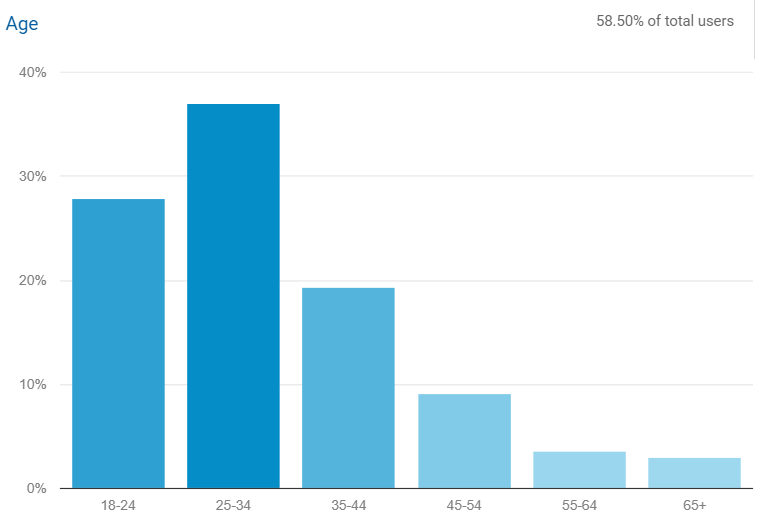
age statistics
As the figure above shows, most your traffic is between 25 and 34 years old, followed by 18 – 24 years old.
Gender statistics
As from the gender statistics graph shown, we can know that most our traffic are males with 69.9%.
I also created another customer report to show the age vs gender to determine what’s the gender in each age group.
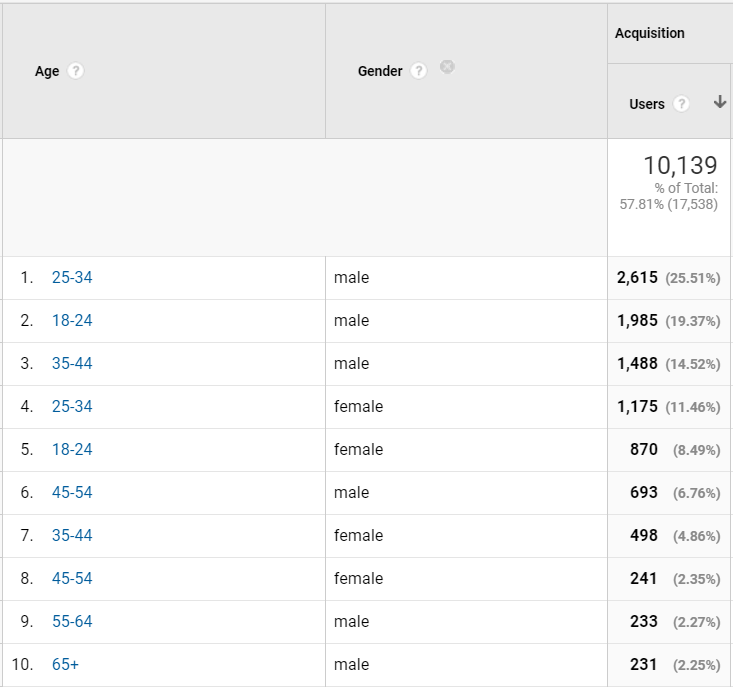
gender in each age group
The result is:
Most of our traffic are males between the age of 25 to 34, followed by males between 18 to 24. On the other hand, females between the age of 25 to 34 have 11.4% share from the whole traffic.
Google analytics can also provide an overview of the interests so the website owner has an overview of the traffic.
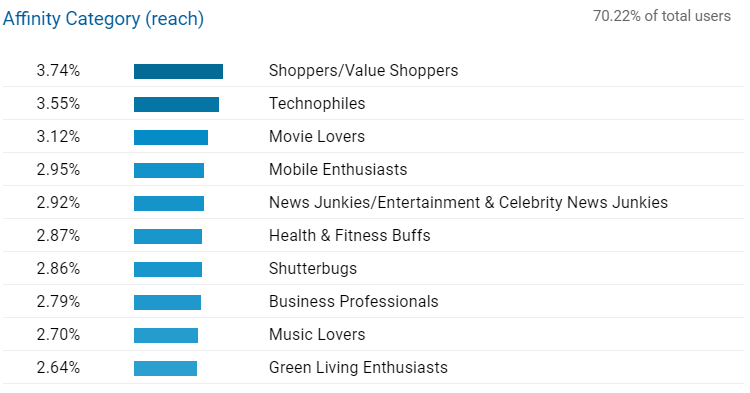
affinity category reach group
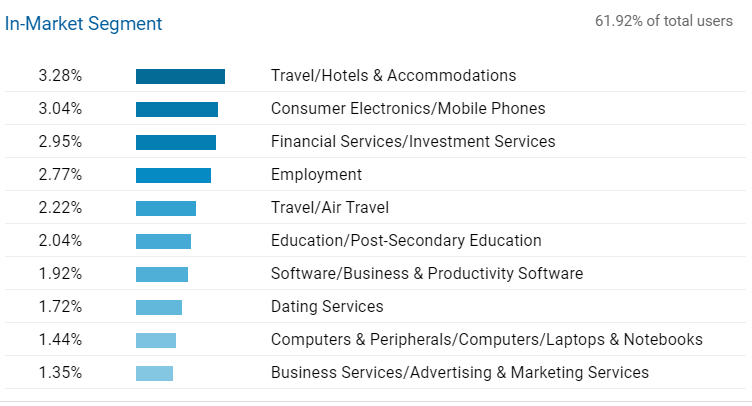
in market segment
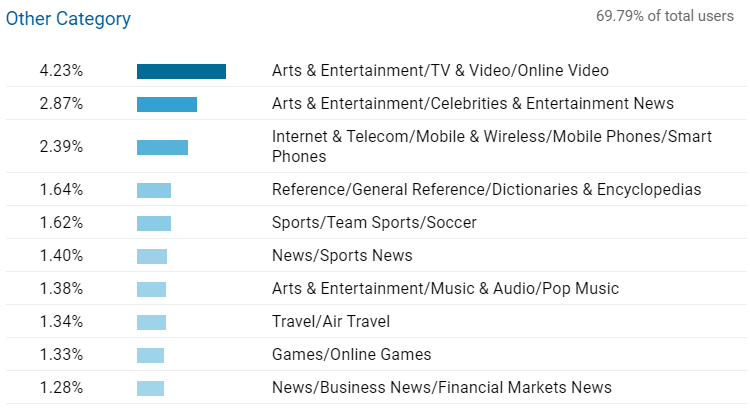
other category
From the figures above the website owner can understand what the interests of the website users are so the marketing campaign should focus on those interests as well.
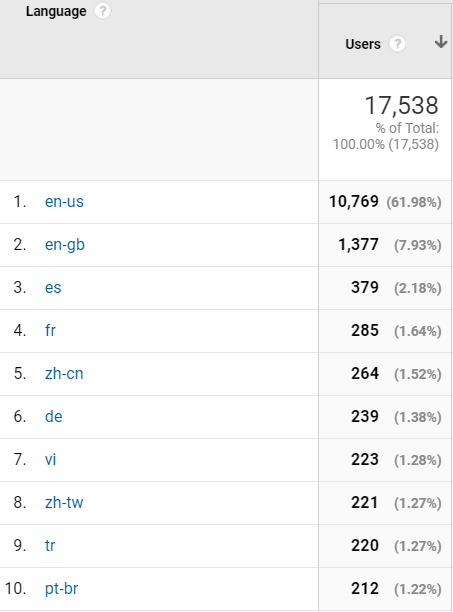
languages by users
The website owner can also find out the languages of the visitors. As we can see from the figure above, the most used language is English, with a few foreign languages such as Spanish and French.
So, around 12% of the visitors are using different languages than English. Should the site owner consider providing content in that language? Or it seems that they understand English fine and the website owner should not consider focusing on content in another language.
To answer this question, we should consider the bounce rate of non-English segment, also we compare the session time length between English and non-English segment.
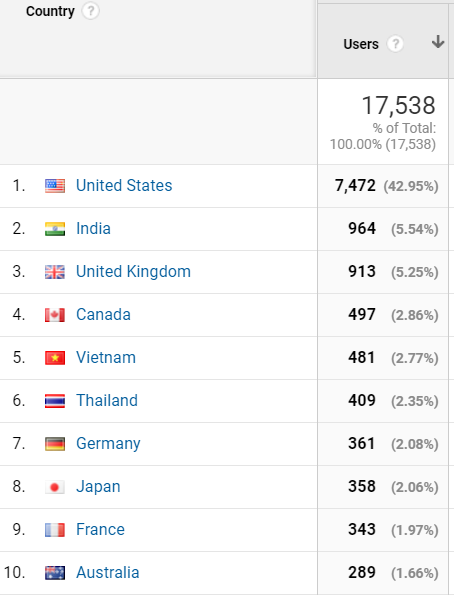
location by users
What are the services, products and content we want to market? Are we local business that operates locally? Or are we a worldwide service provider? Can we ship our product overseas? These are the type of questions that the marketer of a product, service and content should answer.
There is no benefit to target worldwide reach audience if the product, service or content cannot be delivered worldwide.
What kind of content you want to provide
there are 3 types of marketing content that you can provide in social media marketing platforms.
- Video
- Image
- Text
- And of course, a mixture between them
What is the best social media marketing platform to market video content on?
YouTube is the ultimate social media marketing platform for Videos, YouTube default max length is 15 Minutes.
Instagram (60 second video) and Facebook (up to 45 minutes) also can support video content.
What is the best social media marketing platform to market images content on?
Instagram is the best image sharing social media platform out there. Moreover, Facebook, Twitter, Google+ and LinkedIn can support image content
What is the best social media platform to market text content on?
Twitter is famous for publishing short message text and Twitter will be a suitable platform to publish short messages.
For more professional services, LinkedIn is the social media platform to market on with more than 500 million professional users. Moreover, more than 85% of Pinterest users are females, so it is a perfect platform to target females.
Conclusion
The best social media marketers are the ones that knows their audience, and know where are their target audience are. Also, they know their content and what social media will best present their content. Finally, the most successful ones are the ones who can mix and match these to deliver their content to their audience though the right channels.

